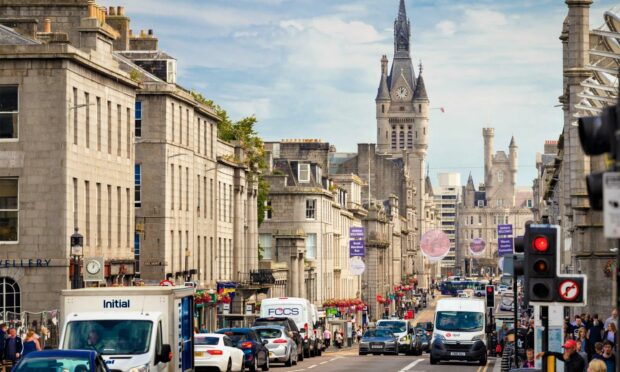Motorists are getting a better deal on car insurance as new figures show the average annual premium dropped by £71 year-on-year across the summer months.
The average cost now stands at £631 – from June-August – compared with an average of £702 for the same three-month period in 2020, according to the latest Premium Drivers research from comparethemarket.com. The cheapest premiums came in at an average of £533 over summer – a six-year low.
In each lockdown since March 2020, the cost of car insurance had fallen due to fewer cars being on the road and a subsequent drop in claims. Insurers had used savings from fewer claims to offer lower premiums to customers.
The fall in premiums over the past three months is surprising, as more Covid-19 travel curbs were relaxed and road traffic increased in this time.
In fact, road traffic has reverted to pre-pandemic levels with car use returning to 98% of its February 2020 level, according to figures from the Department of Transport.
This recent fall in premiums suggests insurers may be competing more aggressively to attract new customers – and young motorists stand to gain the most by switching car insurance.
The average premium for drivers aged under 25 decreased to £1,085, falling from £1,134 in the same three months (June – August) in 2020, and if they shop around when their policies come up for renewal, they could typically save £201 on their car insurance.
Ursula Gibbs, director at comparethemarket.com, said: “Premiums were expected to increase as traffic, and claims, returned to pre-pandemic levels. Instead, insurers have continued to cut the cost of car insurance for new customers.
“As the FCA’s new rules that ban loyalty penalties come into force at the start of 2022, insurers may be particularly keen to attract customers from rivals ahead of this deadline.
“Drivers should take advantage of this situation by shopping around for a cheaper deal when their policy ends. Our figures show motorists could save almost £100 by switching to the cheapest premium available. These savings increase to more than £200 for drivers below the age of 25.”
